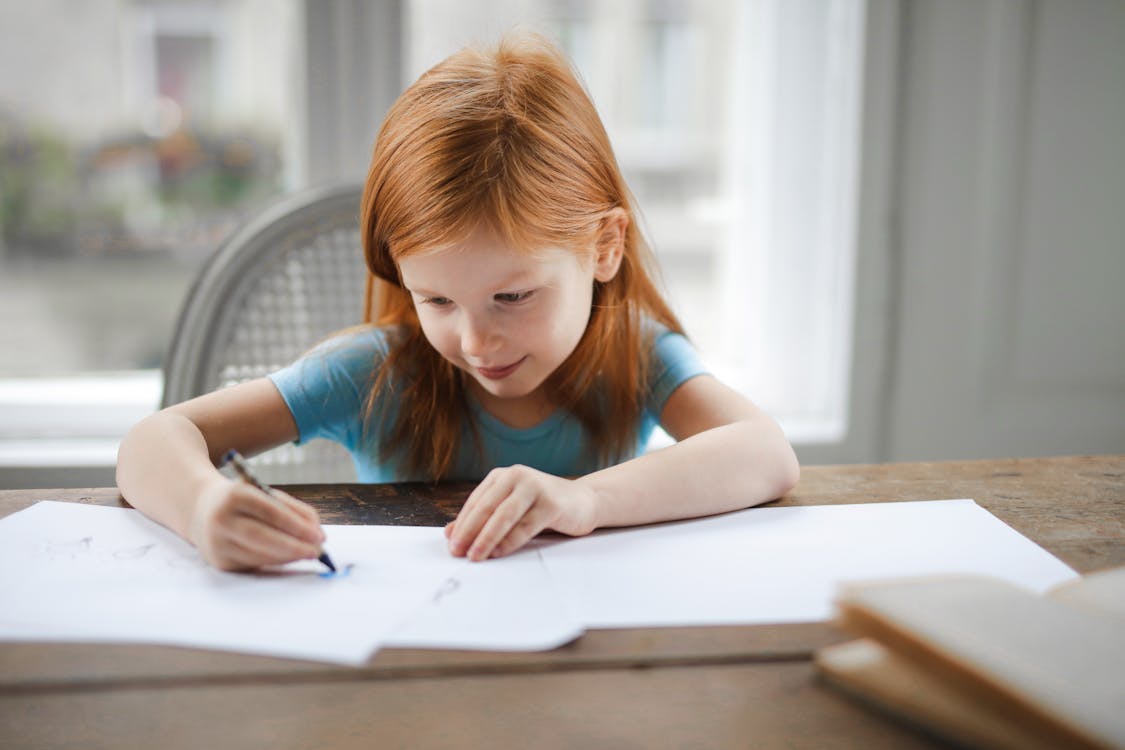Determining the "best" teaching method for kids is a complex and multifaceted endeavor, as it hinges on various factors such as the child's age, developmental stage, individual learning style, cultural background, and educational goals. While numerous pedagogical approaches exist, each with its own merits and limitations, the effectiveness of a teaching method ultimately depends on its alignment with the unique needs and characteristics of the learner. To explore this topic comprehensively, it's essential to examine several prominent teaching methodologies, their underlying principles, and their potential applications in fostering optimal learning outcomes for children.
One of the most widely recognized teaching methods is the traditional approach, characterized by teacher-centered instruction, rote memorization, and standardized assessments. In this model, teachers typically serve as the primary disseminators of knowledge, delivering lectures, assigning readings, and administering tests to evaluate student comprehension. While this method emphasizes discipline, order, and academic rigor, critics argue that it may stifle creativity, critical thinking, and intrinsic motivation, as students are often passive recipients of information rather than active participants in the learning process.
In contrast, the constructivist approach advocates for student-centered learning, wherein learners construct their own understanding of concepts through active engagement, inquiry, and exploration. Drawing inspiration from the theories of Jean Piaget and Lev Vygotsky, this method emphasizes hands-on activities, collaborative projects, and open-ended questions to promote deeper conceptual understanding and metacognitive skills. By fostering a supportive learning environment where students are encouraged to question, experiment, and make connections, constructivist teaching cultivates a sense of ownership, autonomy, and lifelong learning.
Another influential teaching method is differentiated instruction, which recognizes and accommodates the diverse needs, interests, and learning styles of students within a heterogeneous classroom. By tailoring instruction to individual preferences, abilities, and readiness levels, teachers can scaffold learning experiences, provide targeted interventions, and foster a sense of inclusivity and belonging. Whether through flexible grouping, tiered assignments, or varied instructional modalities, differentiated instruction empowers educators to address the unique strengths and challenges of each student, maximizing their potential for academic success and personal growth.
Similarly, inquiry-based learning encourages students to pose questions, investigate phenomena, and construct meaning through firsthand exploration and discovery. Rooted in the principles of curiosity, inquiry, and problem-solving, this method invites learners to engage in authentic, real-world inquiries that spark curiosity, cultivate critical thinking, and foster a spirit of scientific inquiry. By immersing students in the process of inquiry, from formulating hypotheses to analyzing data and drawing conclusions, inquiry-based learning nurtures essential skills such as observation, experimentation, and evidence-based reasoning, preparing students to navigate an increasingly complex and interconnected world.
In recent years, technology-enhanced learning has emerged as a potent force in education, offering new opportunities for personalized, adaptive, and immersive learning experiences. From interactive multimedia resources to online tutorials and virtual simulations, digital technologies can enrich instruction, broaden access to educational resources, and empower students to take ownership of their learning journey. By leveraging digital tools and platforms, educators can customize learning experiences, provide immediate feedback, and foster digital literacy skills essential for success in the digital age.
Furthermore, experiential learning emphasizes the importance of direct, hands-on experiences in shaping understanding, skills, and attitudes. Whether through field trips, service-learning projects, or apprenticeships, experiential learning immerses students in authentic, real-world contexts where they can apply theoretical knowledge to practical challenges, engage with diverse perspectives, and cultivate empathy, resilience, and social responsibility. By bridging the gap between theory and practice, experiential learning fosters a deeper appreciation for learning as a lifelong journey of exploration and discovery.
Ultimately, the "best" teaching method for kids is one that combines elements of flexibility, adaptability, and responsiveness to meet the diverse needs and preferences of learners. Rather than adhering rigidly to a single pedagogical approach, educators are encouraged to draw upon a diverse repertoire of teaching strategies, techniques, and resources to create dynamic, engaging learning experiences that inspire curiosity, foster critical thinking, and ignite a passion for lifelong learning. By embracing innovation, collaboration, and reflective practice, educators can empower students to thrive in an ever-evolving world, equipped with the knowledge, skills, and attitudes needed to navigate complexity, uncertainty, and change.

